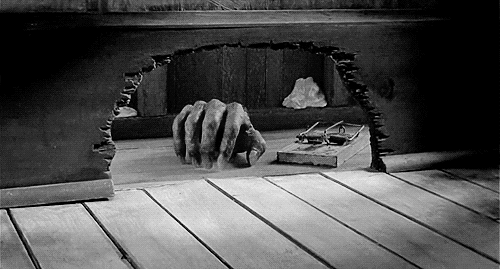
 8.1/10
8.1/10MESSIDOR
Switzerland/ France, 1979
(Production) Citel/ S.S.R./ Action/ Gaumont
Runtime: 118 min
Release Date: 14 March 1979
(Director) Alain Tanner
(Writer) Alain Tanner
(Cinematograhy by) Renato Berta, Hugues Ryffel, Carlo Varini
(Original Music by) Arié Dzierlatka
(Cast) Clémentine Amouroux, Catherine Rétoré, Franziskus Abgottspon, Gerald Battiaz, René Besson
Two Swiss girls around twenty, one a history student and the other a store clerk, meet while hitch-hiking. Out of a whim and with nothing better to do, they decide to go on hitch-hiking together around Switzerland as long as they feel like it. After a couple of days, their money is spent in restaurants and cheap hotels, so they continue their tour by sleeping in cattle sheds and asking for money and accommodation from people. An unexpected discovery, a gun found in a car's glove compartment, gradually turns their methods somewhat more dramatic.
Movie in french, some parts are in german:
Subtítulos en español:
Subtitles in german, & in french for the german spoken moments


A project initially entrusted to Maurice Pialat, who had already begun to film it under the title of MEURTRIERES (see the special edition of Les Inrockuptibles devoted to Pialat), MESSIDOR is based on a crime story which hit the headlines in France in the 1970s: two adolescent girls run away and go on a criminal spree which ends in their deaths. On the face of it, this subject is remote from the world we associate with Tanner, since a violent story of this kind and its social background would seem to impose the realistic, even naturalistic form always shunned by the Swiss director. Moreover, Tanner is instinctively averse to filming physical violence. “Killing a person”, he says, “is generally a gratuitous special effect.” Consequently, of all Tanner’s films MESSIDOR is the only one in which someone dies of non-natural causes. It is also Tanner’s most sombre work, characterised by a despair unmitigated by his usual verbal and situational humour. This is because Tanner accepted the project only on condition that he could recast the original idea and use this violent story as a vehicle for more personal preoccupations: the limits of freedom (already treated in his previous film) are here related to the girls’ frantic flight in the Swiss countryside. What interests him is the possible sullying of this place of excessive peace and quiet, now transformed into a field of experience and criminal fun-and-games by the two characters. Many people have not forgiven Tanner for the shot in which one of the girls defecates in an Alpine meadow after exchanging caresses with her partner. In the course of the film, the idyllic Swiss countryside – valleys, cows and mountains – transmutes into its opposite: the heavy police presence weighs on everything, killing all desire. This is the first film to mark a break in Tanner’s relationship with Switzerland.
Frédéric Bas, Swissfilms



